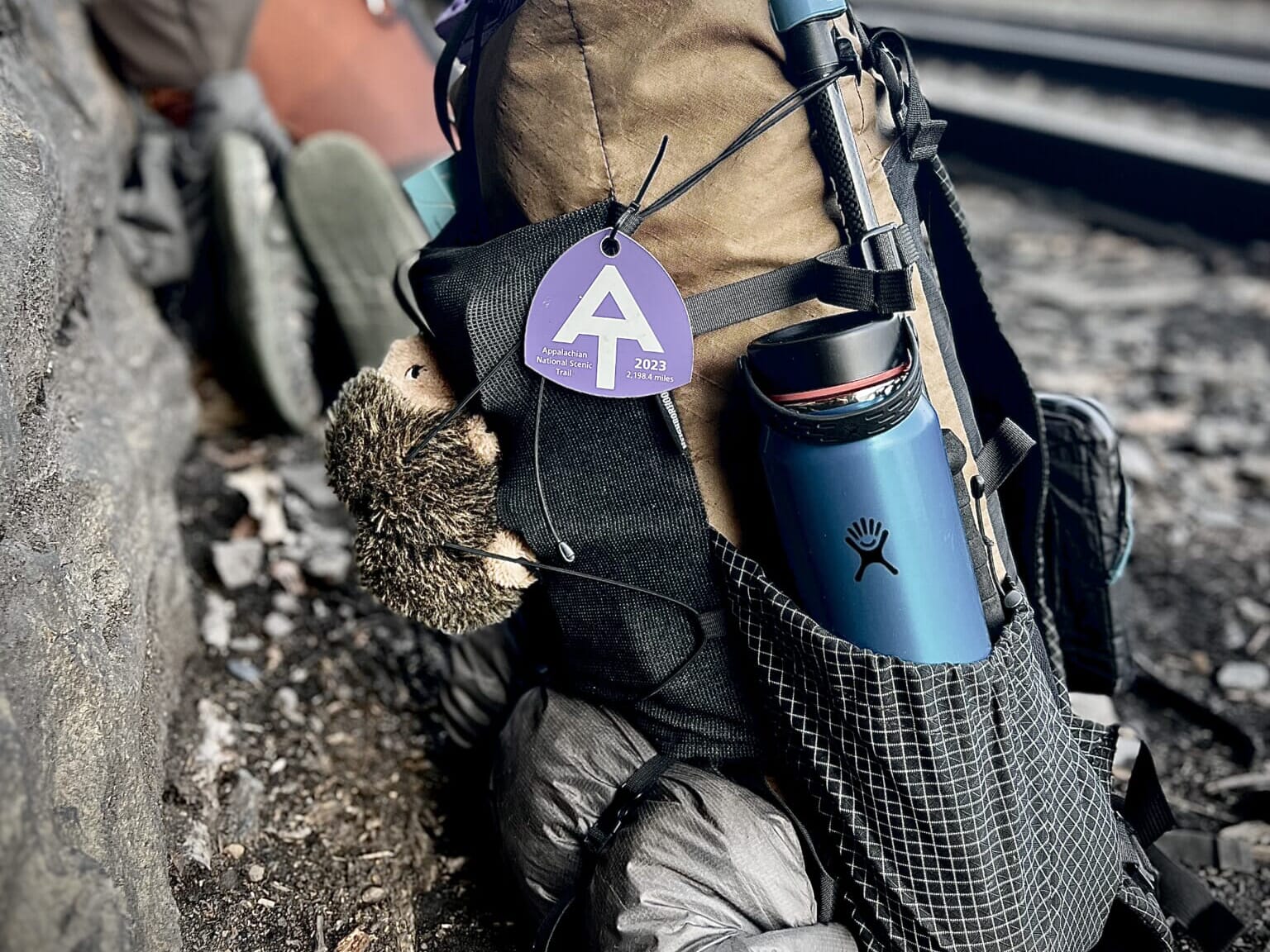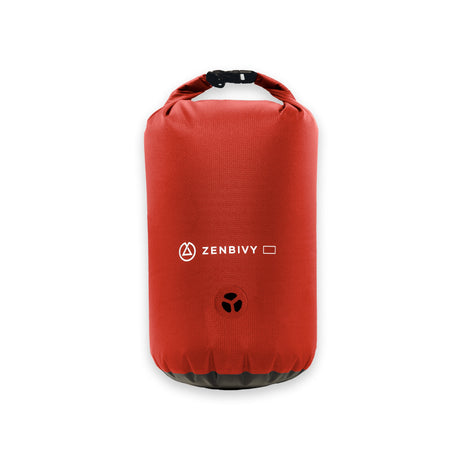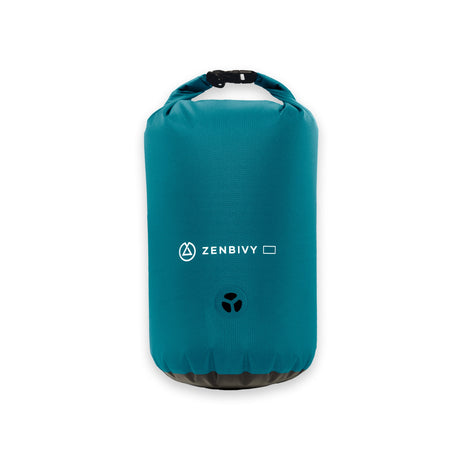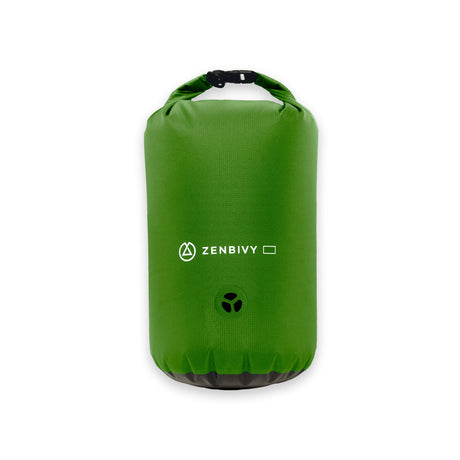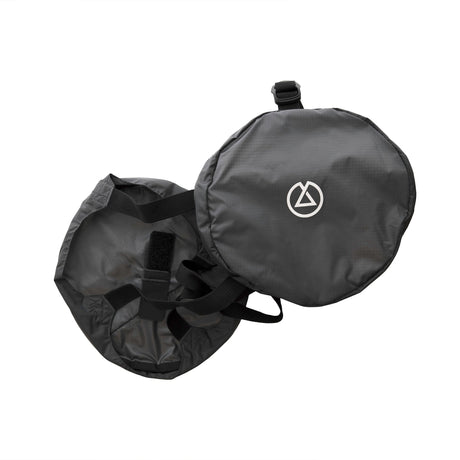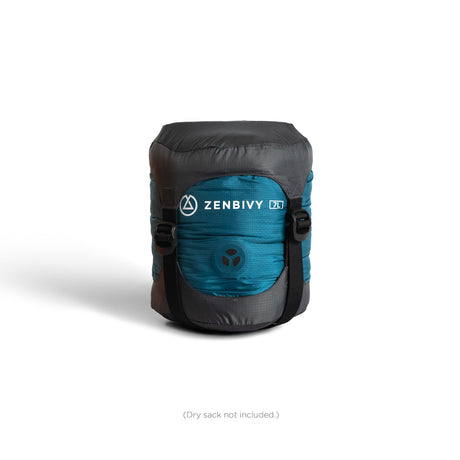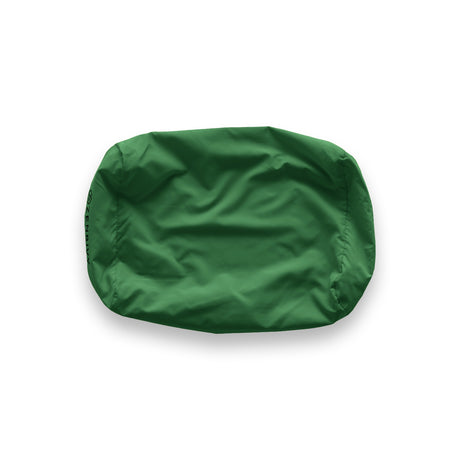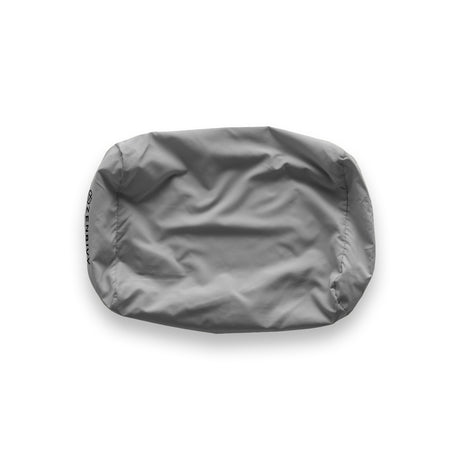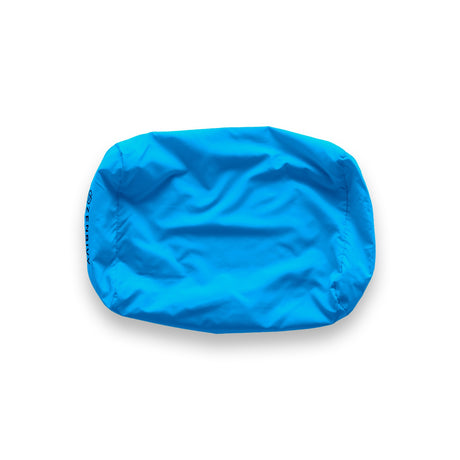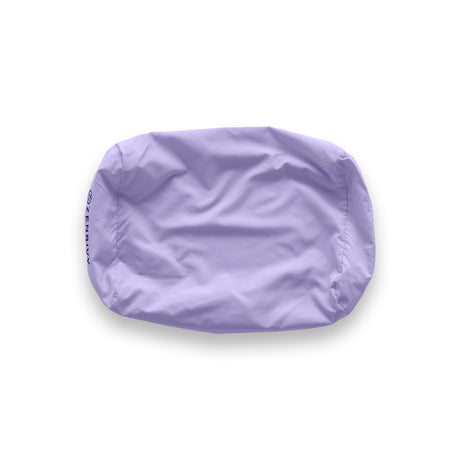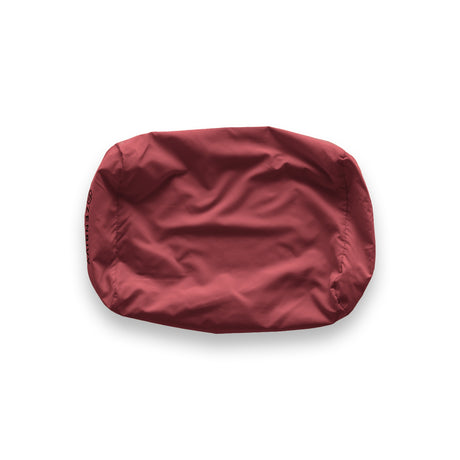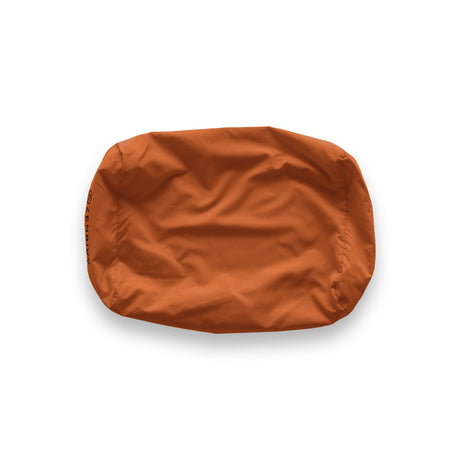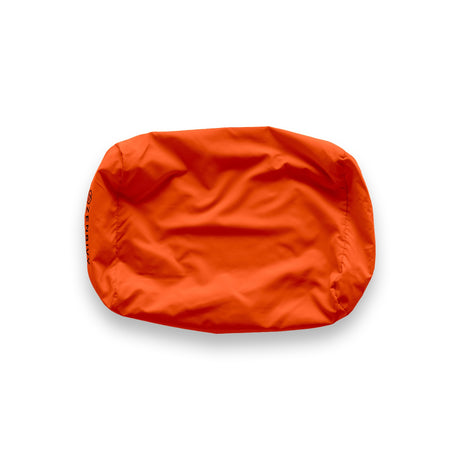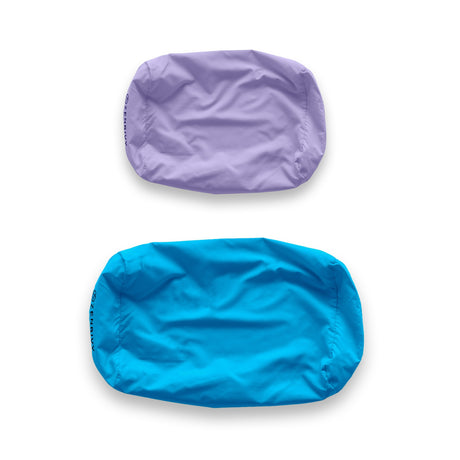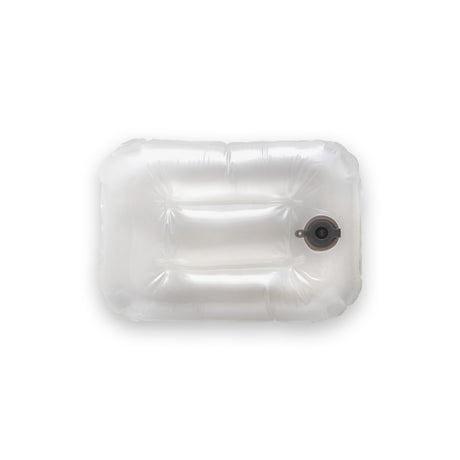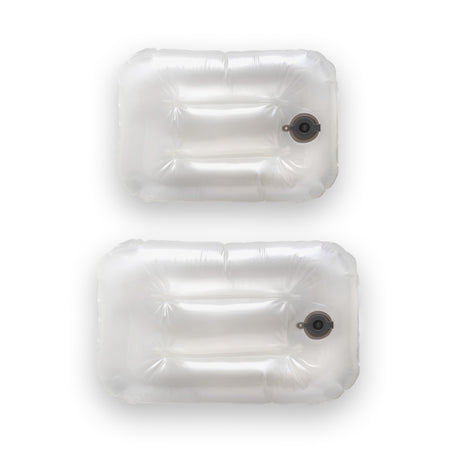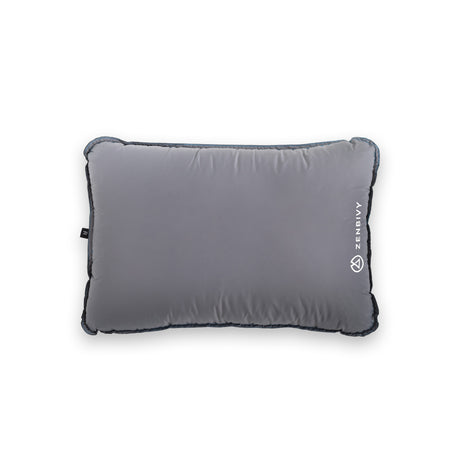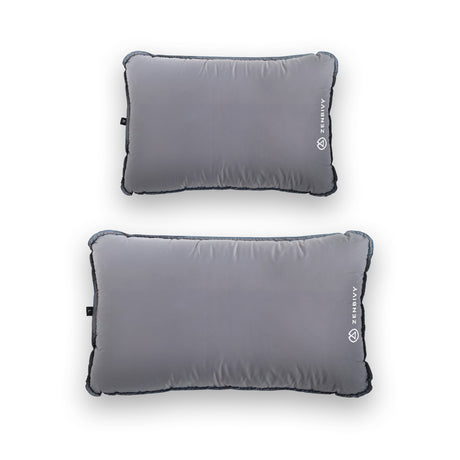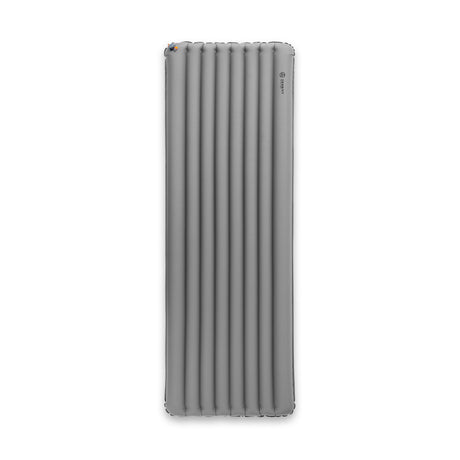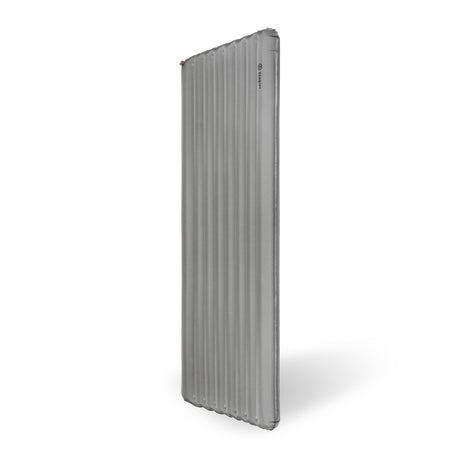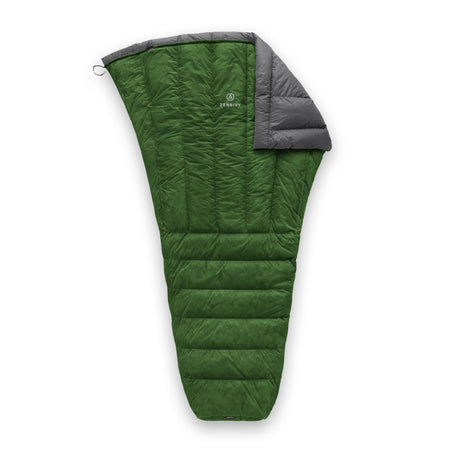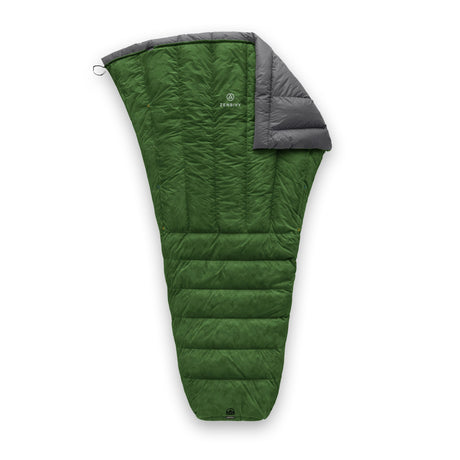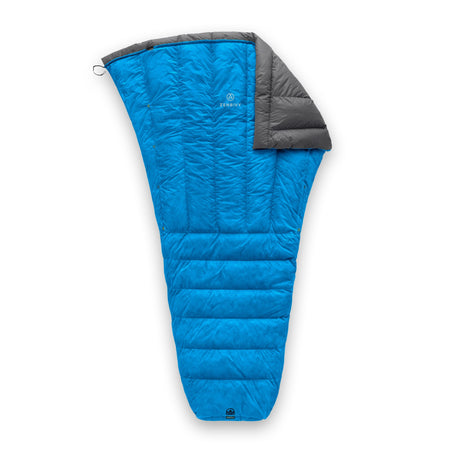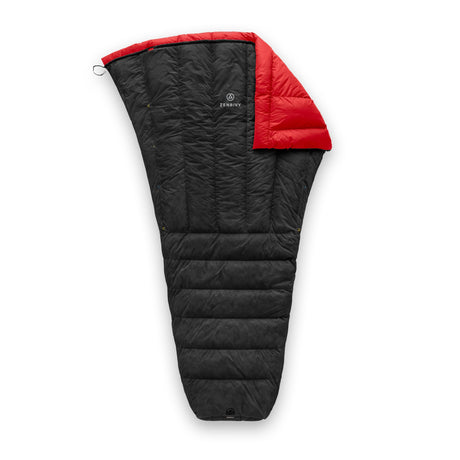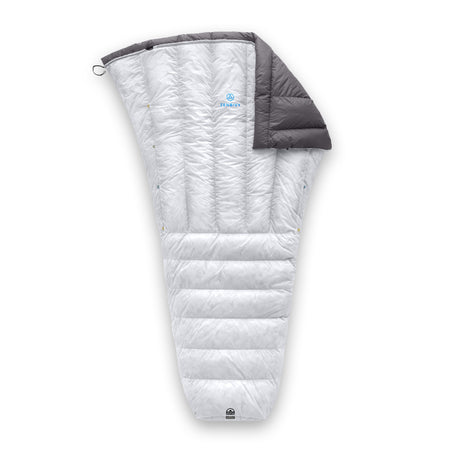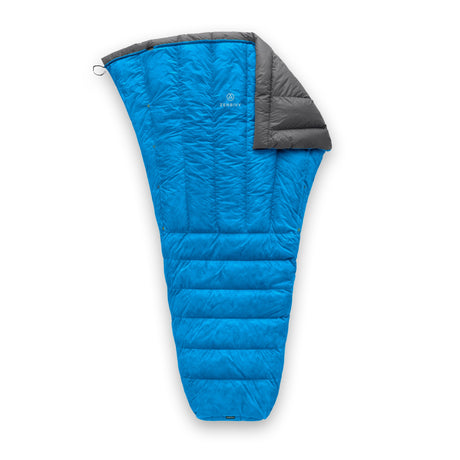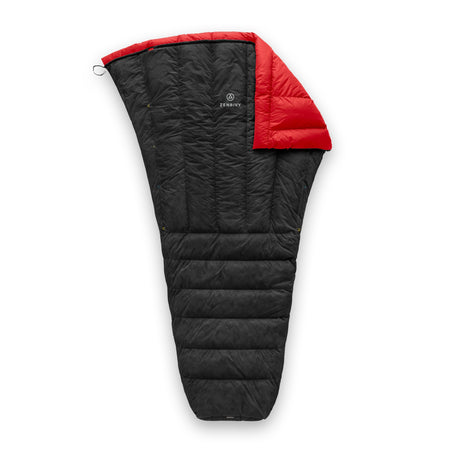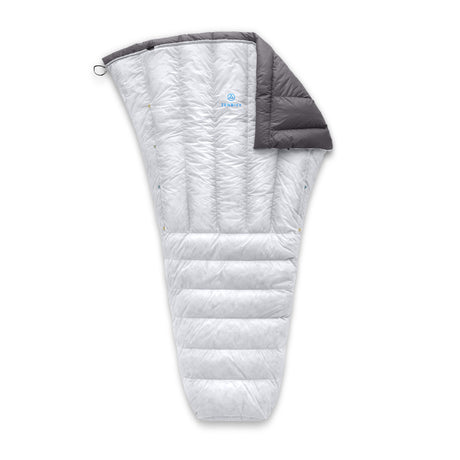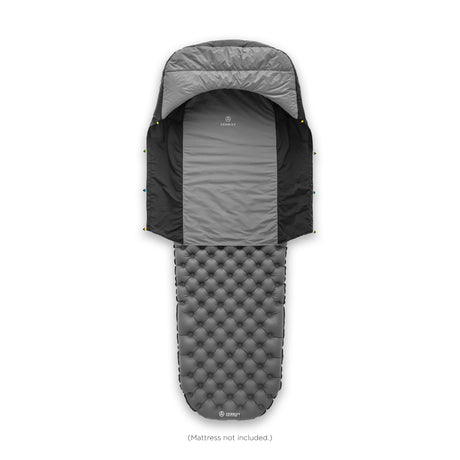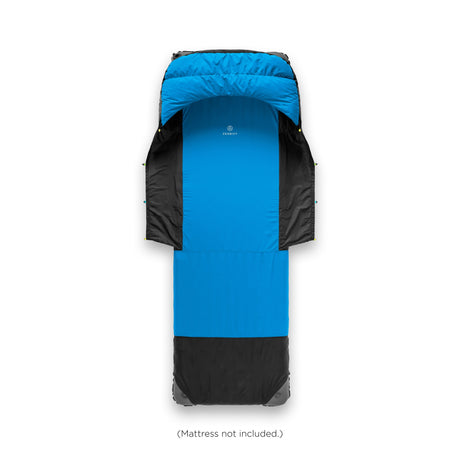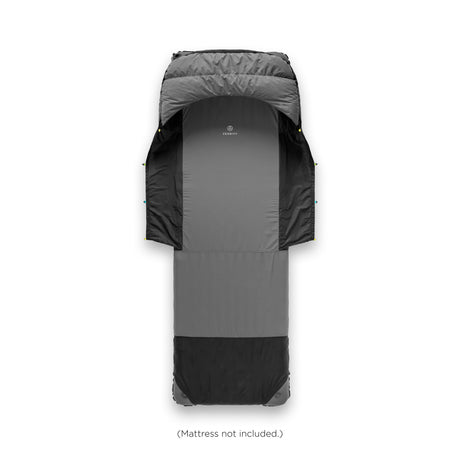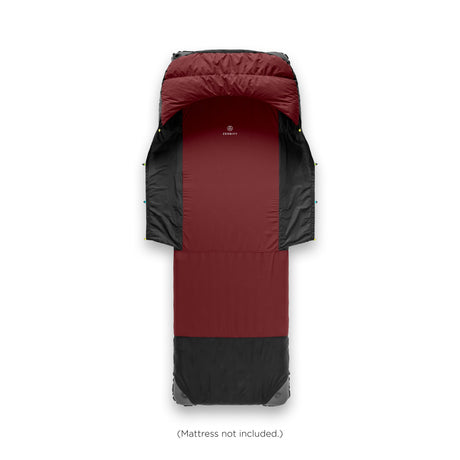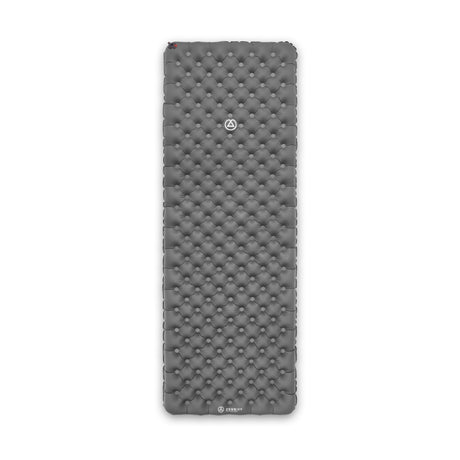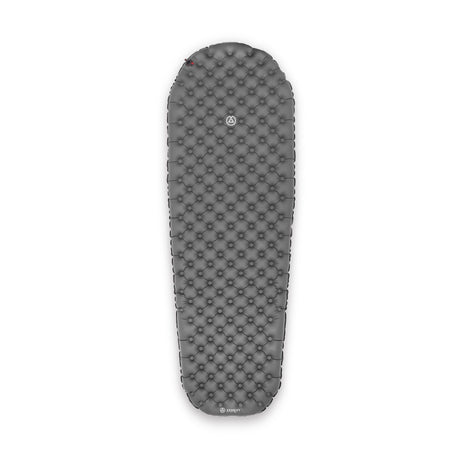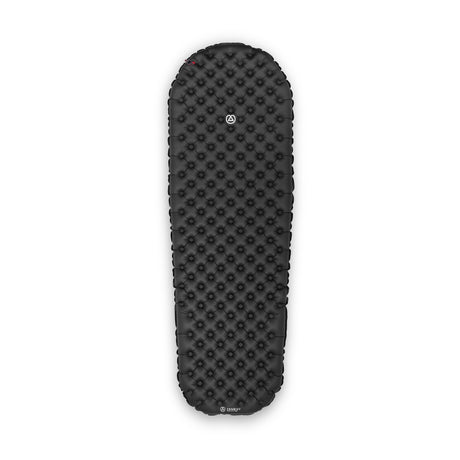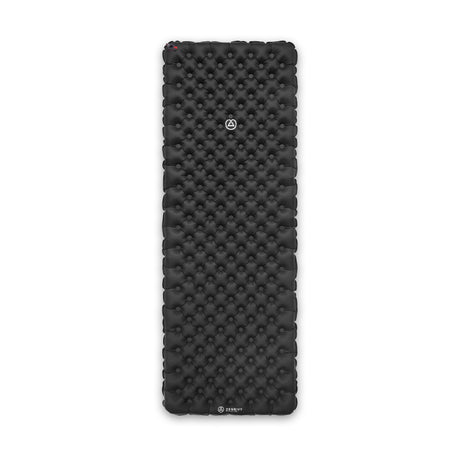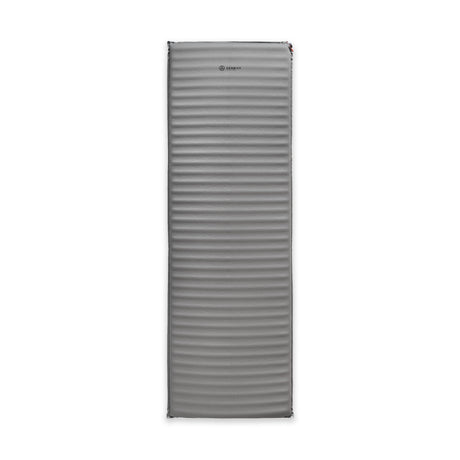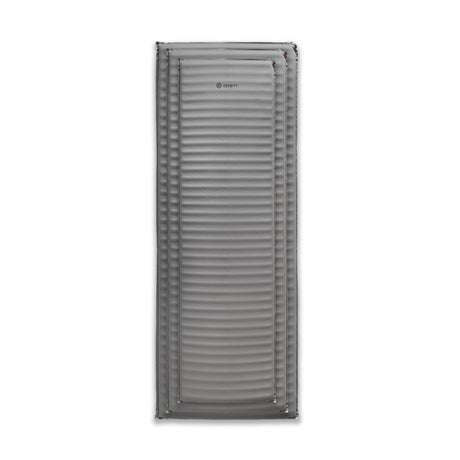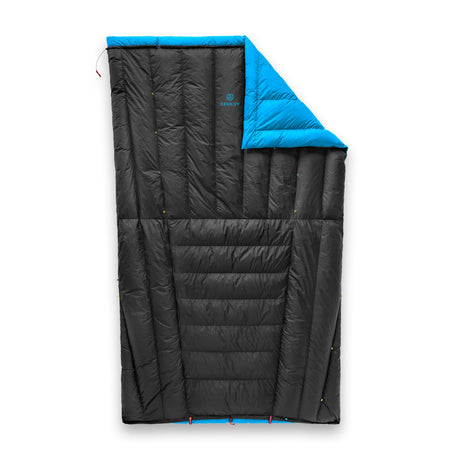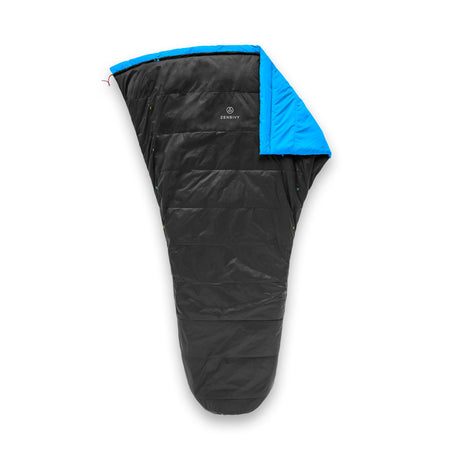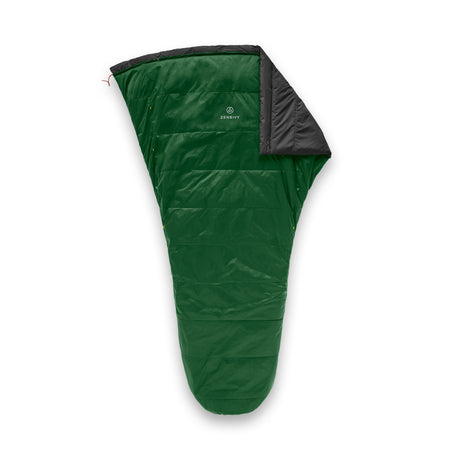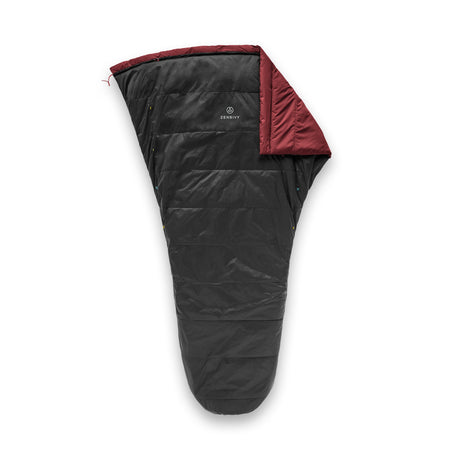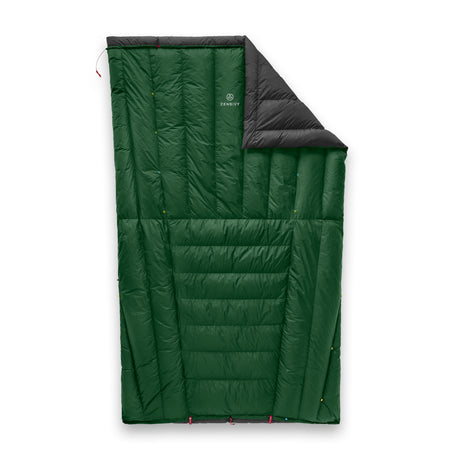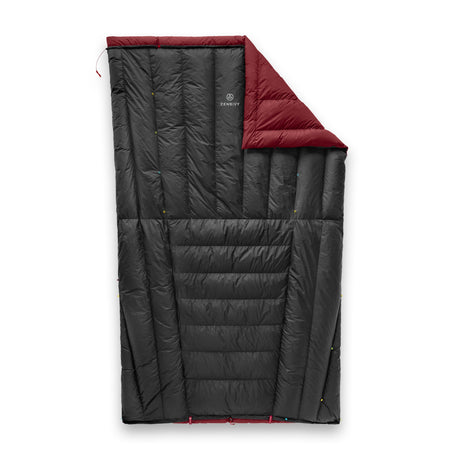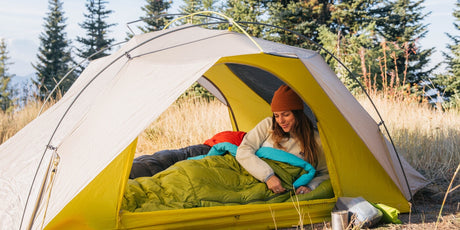From food wrappers to water bottles, take-out containers and utensils, single-use plastics are everywhere in our day to day lives.... Turns out: you can't even escape them out in the wilderness. While thru-hikers are typically living for months with a much smaller environmental footprint than the average American, we wanted to challenge our Ambassadors to see if they could try to eliminate all single-use plastics from their thru-hikes. We knew it wouldn't be easy (or really even possible) but we were curious to see how they'd do and to share what they learned.
We started off by asking them to identify all of the single use plastics they are currently using on their hikes. The common culprits? Water bottles, ziplock baggies, and food wrappers. Next, we asked them to find a potential replacement for each item. Something that would be multi-use and durable, built to last. We supplied their replacement items and they tested them out on trail for a month. Here's what Snackbar found:
_______________
The first item I was immediately satisfied with (surprising so, I might add) was my switch to an insulated water bottle. The extra weight/size when compared to the Smartwater bottle (popular among thru hikers) I was using, I assumed, would be annoying. However, the first time I hiked out of town with hot cup of coffee and it was still hot when I hit the first viewpoint of the day was an huge moral booster (I am a stove-less hiker so I rarely have hot beverages in the backcountry). Regular water carries also were a treat as the fresh spring water would often still be cold when I reached camp for the evening. Doesn’t hurt to pour a few tall boys into it while leaving a gas station and be the shelter hero at the end of the day either.
For water collection I also switched from a Smartwater bottle to the 2L Cnoc Vecto water bladder. Now I will say, I did have somewhat quicker access to my original setup but finding a spot in a stream to fit the full bottle was sometimes tricky and the Cnoc bladder has a wide rear opening making finding places to fill the bladder very quick and simple in comparison.


The final items I switched out were sandwich/quart sized Ziploc bags for the 7in OpSak. While I always reuse the ziplocs for a number of food resupplies before throwing them away the OpSak’s longevity out of the box was pretty apparent. Additionally if you were to use these for smaller electronics and other items that you needed to keep dry I’d put my trust in the opsak with the important stuff over the ziplocs any day.

Overall I had a very easy time transitioning into the more sustainable options. They come at a price tag but there are calculable positive reasons for making the switch both in your personal backpacking setup as well as the backpacking community as a whole.
At the end of the day, get outside and enjoy the backcountry with what you have and what you can afford. If you can afford to make more conscious decisions related to your gear. Give it a go. We’ll see ya out there.
Much love,
Snackbar

